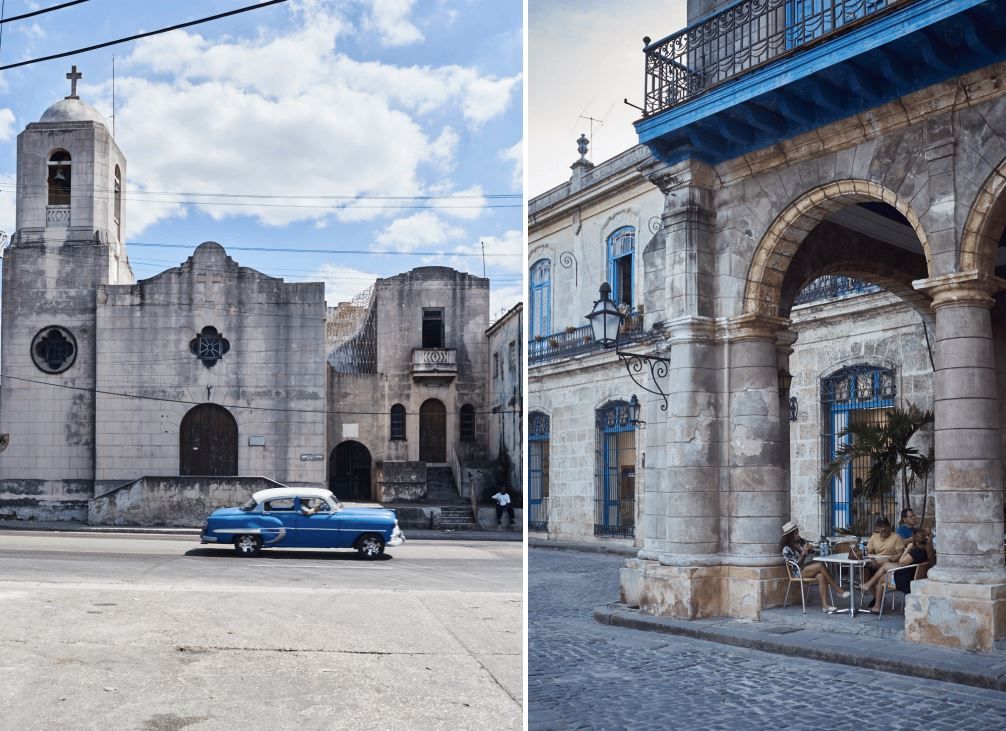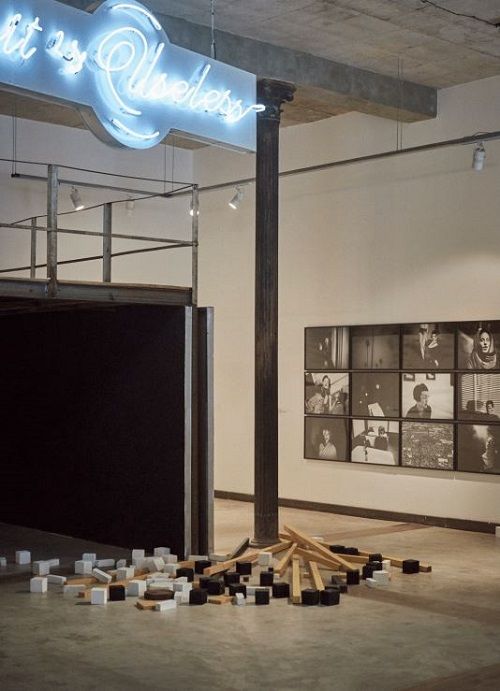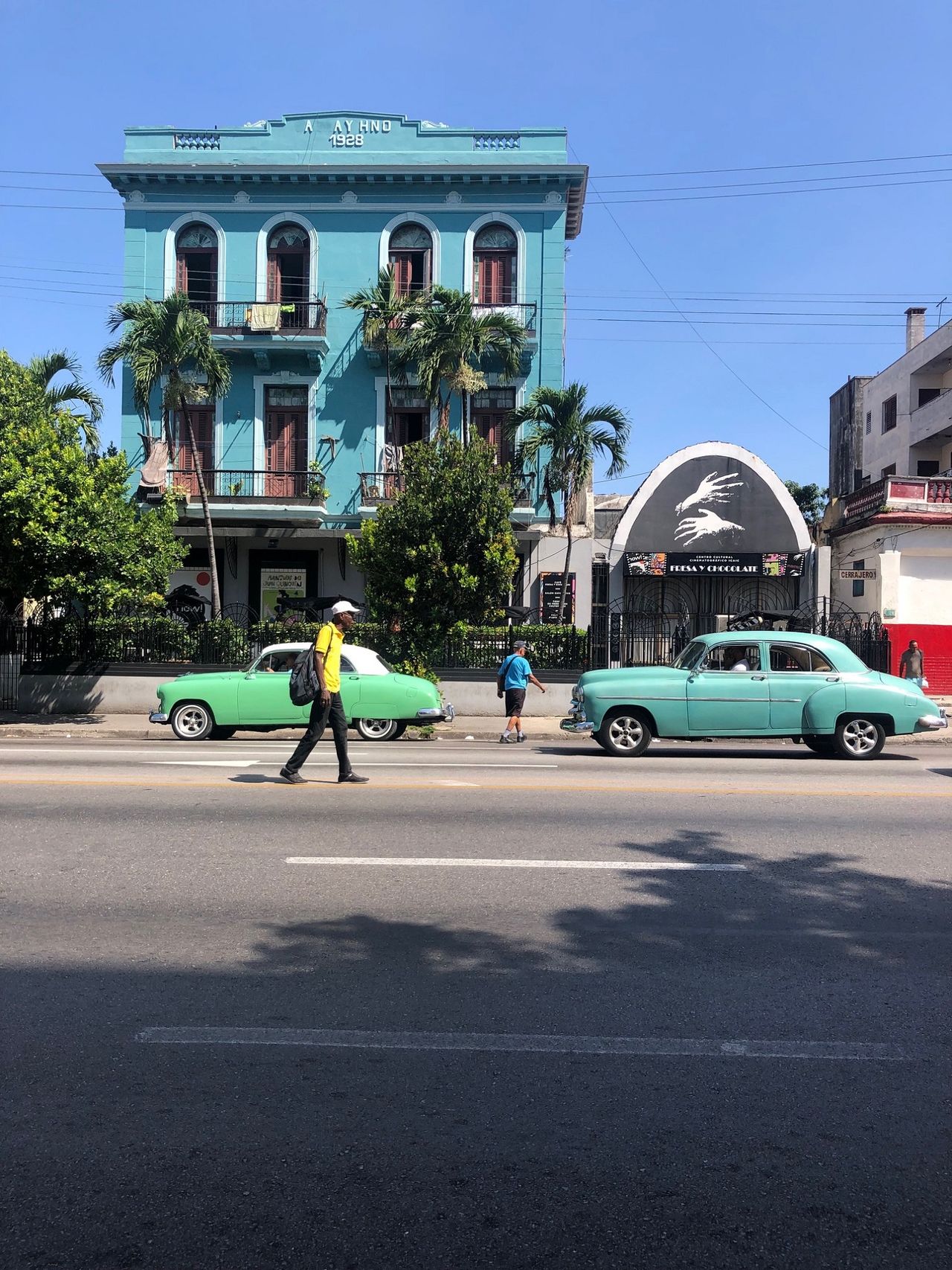24 hours in Havana, Cuba
I walk along the Paseo del Prado, the wide boulevard that connects the Capitolio, the Parque Central and the Malecon. This wide avenue with a pedestrian area in the middle, reminds me a bit of the Ramblas in Barcelona. Only less crowded and I have the feeling of having gone back in time about fifty years. I walk through the streets of Havana, Cuba, and I feel and see history almost literally.

The Cuba of Fidel Castro and Che Guevara
I think of the time of the revolution, Fidel and Che Guevara - who have an almost mythical status, not only in Cuba, but also in the rest of the world. I think of the time when US organized crime led by Meyer Lansky and Charles "Lucky" Luciano trying to gain a foothold here in the 1940s and 1950s. Cuba as the colonial pearl of the Spanish empire. Cuba's eternal struggle as a socialist stronghold against its neighbour, the United States of America, meant that for many decades the Cubans were almost completely isolated from the Western world. In Havana, I almost always feel immersed in these illustrious times, which also make the city so fascinating.
I turn right and walk to hotel Sevilla. The stately building is now a thing of the past, but if the walls could talk here. In the beginning of the twentieth century this hotel was the most luxurious and prominent hotel in Havana. In 1939, Amleto Batisti y Lora, a mafioso of Italian-Uruguayan descent, bought the hotel and opened a casino, making it a haven for many leaders of the American mafia scene. Nothing has changed in the hotel and everything is still exactly as it was back then, so when I walk through the lobby I have the feeling that I could run into Meyer Lanski or Al Capone at any moment.

History worked out in art
I cross the lobby, walk out of the hotel on the other side and head for Museo Nacional de Bellas Artes, the museum of fine arts, where I have an appointment with the curator Sussette Martinez. She takes me along the collection of the museum and tells me about the history of Cuba from the period just before the revolution in 1959 until now, using the works of art and the hidden messages that the various Cuban artists wanted to convey with their works. You can see that the artists' opinions are changing from hopeful, to critical, to cynical and rebellious.

After Fidel and his family took over power in 1959, most Cuban artists, like the rest of the population, were hopeful and Fidel embraced Cuban art to spread his message. However, when the first critical voices arose, those in power decided that Cuban art could only support the revolution, banning critical works. However, the creativity with which the artists also managed to convey their critical sounds through their works without it being obvious at first sight, is extraordinary and in my opinion synonymous with the high level of creativity that characterizes the character of the entire Cuban population.
It is extraordinary to see how the average Cuban has to do his best every day to make a living, while on the other hand, in my opinion, there is no country where the overall intellectual level of the population is so high. It's a fascinating walk along very interesting Cuban art objects, which allows me to learn more about the most recent Cuban history from a less usual angle.


The promising and creative district of Vedado
Afterwards, Sussette takes me to the studios of some promising young Cuban artists, located in the Vedado district. The Vedado district emerged at the beginning of the twentieth century, when the more wealthy people of Havana wanted to settle outside the center and chose this natural area, where it was initially forbidden to build. The district is situated close to the city centre, but the houses built in an American style of the 1930s and 1940s are much more spacious, surrounded by lush gardens and situated along leafy avenues. There are also a number of attractive small-scale boutique hotels here, which are ideal if you want to discover Havana, but want to enjoy the peace and quiet and a good book in a nice spot in the garden of your accommodation.
In the first studio I meet Daniel Rodriguez Collazo, a promising Cuban artist who makes drawings of Cuban architecture with charcoal. I also visit the more established Cuban artist Ibrahim Miranda. He uses maps as the basis for his art and now exhibits in leading museums all over the world. There is a very positive energy in Vedado. An energy that I find comparable to the energy and positivity I experienced in Medellin in Colombia. This is also a city with a turbulent history where a true explosion of creativity has now erupted and where the mostly young population has started working on socio-cultural projects in the fields of singing, dance and art.

An open-air museum
Havana is a crazy city, with several characteristic neighbourhoods, each with its own identity. Discovering the Cuban capital is at times like travelling back in time, making a stop at some important moments in history. With its classic American cars and the different architectural styles that define the streetscape, Havana is a true open-air museum. With the right guides, you can enjoy the fascinating stories that colour the illustrious history of the country and its fascinating capital. Like whipped cream on a cake, you will hear the sweet-voiced sounds of Cuban salsa and rumba music on every street corner in Havana and you will find just outside the city, on a wooded estate, the former residence of the American writer and Nobel Prize winner Ernest Hemmingway, where everything is still as it was when he last closed the door behind him.

Travel through Cuba?
Would you like to make a trip through Cuba yourself and are you curious about the possibilities? Then take a look at the travel itineraries we have put together for inspiration. You can book these trips directly, but we are also happy to create a personal programme based on your wishes and ideas.
Do you have a question? Feel free to contact us. Call +31 73 610 62 04 or send an email to info@sapapanatravel.nl. We are happy to help.